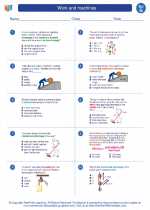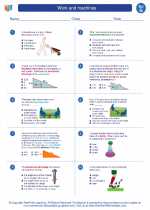Arctic
The Arctic is a polar region located at the northernmost part of the Earth. It consists of the Arctic Ocean and parts of Canada, Russia, Greenland, the United States, Norway, Sweden, Finland, and Iceland. The Arctic is known for its extremely cold temperatures, unique wildlife, and vast expanses of ice and snow.
Climate
The Arctic has a cold and harsh climate, with temperatures often dropping below freezing for much of the year. The region experiences long, dark winters and short, cool summers. The Arctic is also affected by climate change, with rising temperatures leading to the melting of ice and changes in the ecosystem.
Wildlife
The Arctic is home to a variety of unique wildlife, including polar bears, Arctic foxes, Arctic wolves, reindeer, seals, and a diverse range of bird species. These animals have adapted to the cold and harsh conditions of the Arctic and play a crucial role in the ecosystem.
People and Culture
The Arctic is home to indigenous peoples who have lived in the region for thousands of years, including the Inuit, Yupik, and Sami. These communities have rich cultural traditions and have developed unique ways of living in harmony with the Arctic environment. The Arctic also presents challenges for modern human settlements, with issues such as infrastructure, transportation, and access to resources.
Environmental Importance
The Arctic plays a critical role in regulating the Earth's climate and weather patterns. It also holds significant natural resources, including oil, gas, and minerals. The region is a focus of scientific research and environmental conservation efforts to understand and protect its delicate ecosystem.
Study Guide
- What are the main characteristics of the Arctic region's climate?
- Identify at least three unique wildlife species found in the Arctic.
- Discuss the cultural significance of indigenous peoples in the Arctic.
- Explain the environmental importance of the Arctic region.
- How is the Arctic being affected by climate change?
- What are the challenges of human settlement in the Arctic?
Understanding the Arctic and its significance is important for gaining insights into the Earth's climate, biodiversity, and the impact of human activities. By studying the Arctic, we can also appreciate the resilience of its inhabitants and the need for sustainable practices to protect this unique and fragile region.
.





